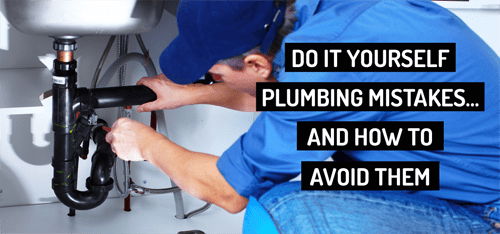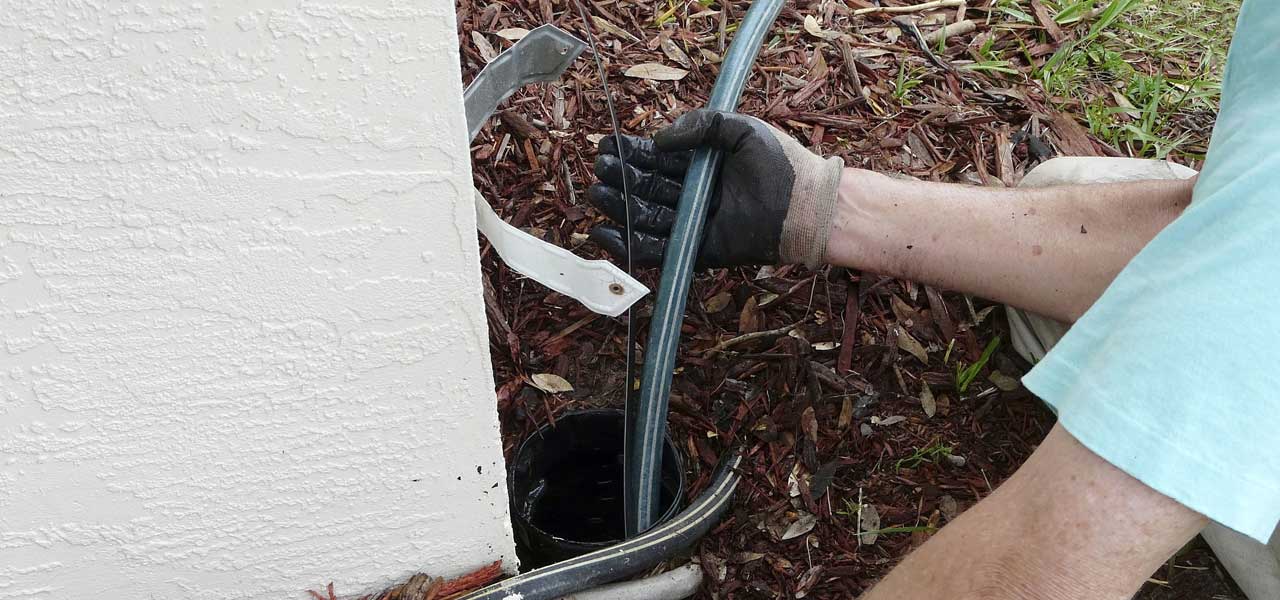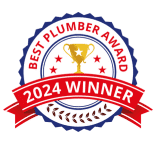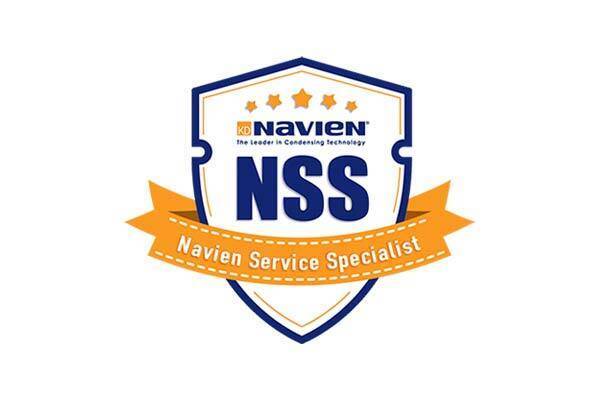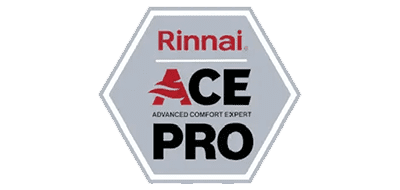More and more homeowners are tackling home improvement projects themselves. The “DIY” or “do-it-yourself” mentality has gained popularity, especially in recent months, as more people find themselves spending more time at home. What better time than in the middle of a pandemic to test out that set of tools you got for Christmas five years ago?
Just because more people are taking on these projects doesn’t mean that they’re all done correctly. When performing plumbing-related work around your house, it is crucial to be mindful of the task at hand, and the possible damage mistakes can cause. Structural water damage happens fast, and it doesn’t require thousands of gallons of water to ruin your home.
Never bite off more than you can chew. Your grandmother said it, and she was right. It’s never too late into a project that you can’t reach out for professional assistance. Nick’s Plumbing & Air Conditioning technicians are always available to help you out of a too-difficult situation with any plumbing task, and here are some of their top recommendations for the DIY homeowner.
1. Turn Off The Main Water Supply
There is a reason why this is at the top of our list. It is easily the most crucial step before starting any plumbing work. If you don’t know where your main water supply valve is, there’s no better time than now to learn. There are so many examples of what should have been a simple toilet repair or faucet replacement that turn into massive restoration jobs.
For homes with PEX pipes, water for specific fixtures can be turned off and on via the PEX plumbing manifold. Your plumbing manifold is similar to your electrical circuit breaker panel in appearance and function. Professionally installed plumbing manifolds are labeled to reflect the destinations of each pipe “circuit.” Make sure to check that the water supply to the correct fixture was turned off before starting any repair.
2. Don’t Overtighten Anything
Apply the appropriate combination of elbow grease and restraint when tightening any plumbing fitting. Threaded connections that are over-tightened become stripped and need to be replaced, or else they will leak. Using a wrap or two of Teflon “plumber’s tape” around your pipe threads will help ensure a leak-free installation.
3. Use The Right Tool For the Job
Okay, here’s a plumber’s pet peeve. Well-intentioned homeowners that attempt home repairs using the absolute worst tool for the job. Why some folks seem compelled to try to remove Phillips-head screws with flat-blade screwdrivers is a mystery I’ll probably take to the grave, but it happens. It happens more than you think.
You’re probably guilty of using a butter knife to loosen a screw now and then, or taking a pair of needle-nose pliers to hex nut. We all are. When performing plumbing-related repairs, having the proper tools on hand can mean the difference between a successful job and an expensive call to an emergency plumbing company. Pipe wrenches and motorized augers aren’t a part of the standard tool arsenal found in homes, and should only be operated by licensed, experienced plumbers.
4. Chemical Drain Cleaning is a No-No
The most common mistake that do-it-yourselfers make is the use of harsh, chemical-based drain clearing products. These highly acidic and corrosive formulas may be extremely effective in the short-term for breaking up a clog; the damage they can cause, along with the dangers associated with them, make them a less than ideal choice.
Most chemical-based drain cleaners use a combination of harsh compounds, either lye or sulfuric acid. These chemicals’ success is based on their ability to react with the drain clog to dissolve it, and they all do that job well. The problem with this approach is that while the chemicals are eating their way through your drain clog, they are also dissolving your pipes.
Even without the damage these chemical processes can cause, they are also dangerous to people and pets. Any caustic drain cleaner has the potential to cause severe chemical burns to the skin and eyes, as well as respiratory issues from chemical reactants.
5. Know When To Say “When.”
Out of all the steps included in this blog, this one should probably be higher on the importance list. Well-intentioned DIY’ers getting in over your head on a do-it-yourself plumbing job is something our plumbing professionals encounter every day. Remember, there’s no shame in asking for help, especially when the consequence could be thousands of dollars in repair work.
Nick’s Plumbing and Air Conditioning specialists have been in Houston since 1979 and have serviced over 160,000 customers. Our five-star online reviews and word-of-mouth reputation sets Nick’s apart from our competition, and we look forward to the opportunity to provide you with a cost evaluation or second opinion on any plumbing or HVAC task.




